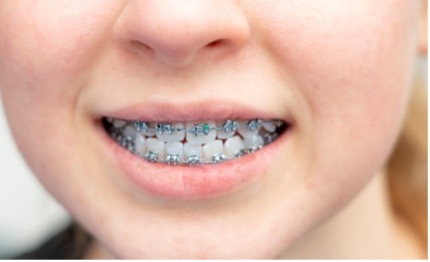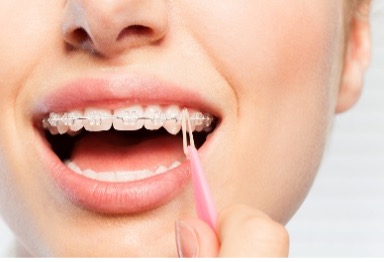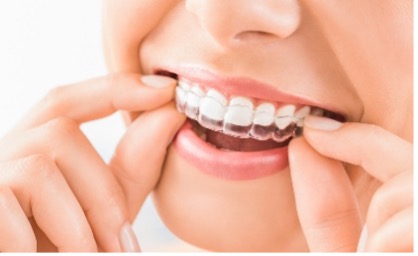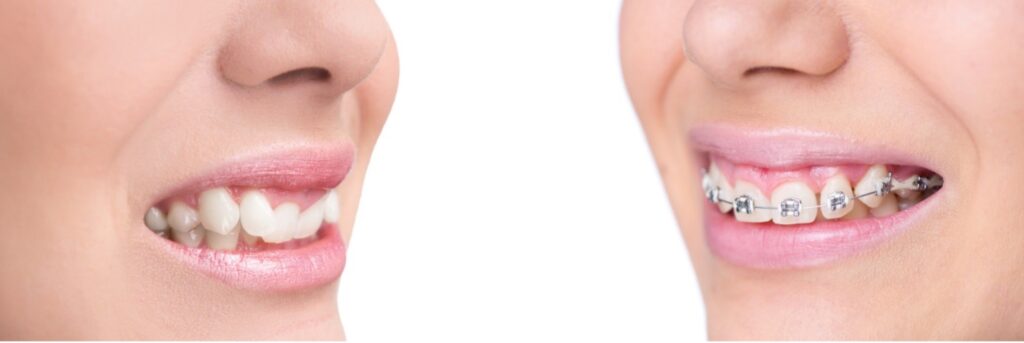Are you ready for a bit of history? Today, we’re taking a fascinating journey back in time to explore the history of braces – those clever devices that have transformed countless smiles over the centuries, from ancient civilizations to the cutting-edge advancements of today. And don’t worry, we won’t quiz you on this. It’s just for fun. Now, let’s dive into the evolution of braces.
Ancient Beginnings: 1000 BC – 500 AD

Believe it or not, orthodontic practices date back to ancient times. Archaeological discoveries have shown that even our ancestors recognized the importance of a straight smile. Around 1000 BC, the ancient Egyptians used crude “wires” made from animal intestines to bind teeth. Similarly, ancient Greeks and Romans attempted teeth alignment using materials like gold and silver.
The Birth of Modern Orthodontics: 18th Century
Now, we are going to fast-forward to the 18th Century. There was a French dentist, Pierre Fauchard, who has often been referred to as the “Father of Dentistry.” He invented a type of mouthguard called the bandeau, which resembled a horseshoe-shaped piece made of gold to expand the palate, correct separated teeth, and keep them straight.
Later, another French dentist, Louis Bourdet, introduced the first wire crib to straighten teeth. E.J. Tucker, an American dentist, furthered this innovation by using rubber bands to correct misaligned teeth.
Changes in the Early 1900s
In the early 1900s, there weren’t strict rules about what materials to use for braces. Gold was good because it was flexible, but expensive. Silver was better than wood or ivory, even though it wasn’t as easy to work with as gold. A man named, Edward Angle, became known as the “Father of Orthodontics.” He contributed a lot to improving the look and workability of braces.
In 1945, an American orthodontist named Harold D. Kesling invented a removable custom-designed appliance that looked and functioned similarly to a mouth guard. Made of rubber, the ‘tooth positioner,’ as it was known, was the first non-metal, removable device for straightening teeth. When orthodontists used this device with traditional braces, it sped up the process and is considered the frontrunner of what we know today as clear aligners.
In the 1950s, stainless steel became an option, but some people didn’t like it for braces until the 1970s.
Back in those early days of braces, it took months to cross the ocean, weeks to get a letter, and a whole day to wash and dry clothes. So, people were accustomed to braces taking a while to fix teeth. Fortunately, many people have worked to make the technology and methods much better with faster results!
Advancements as We Approach the 20th Century.
As we approach modern times, orthodontics continued to evolve to improve treatments, patient’s comfort, and the appearance of braces. Ceramic braces, featuring tooth-colored or clear brackets, gained popularity for their discreet appearance. Clear aligners, a breakthrough in orthodontic treatment, debuted in the late 1990s, allowing for nearly invisible teeth alignment using the removable clear aligners.
Today’s Technological Marvels
 |
 |
 |
Today Orthodontists have even more precise treatments. We use 3D scanning, computer simulations, and 3D printing to design and apply braces. Patients can now enjoy shorter treatment times, fewer visits, and greater customization.
Embracing the Journey to a Beautiful Smile

In looking over the history of braces, I find it interesting that people have always wanted to straighten their teeth. At Cobb Orthodontics we love helping patients achieve the smiles they have dreamed of. While our priority is to provide our patients with the most effective and efficient care, we also want your journey to be fun. So, we hope you have enjoyed this bit of history about braces.
If you have any questions about your orthodontic journey or any aspect of your treatment, don’t hesitate to reach out. Together, we’re creating new history and crafting brighter, more beautiful smiles than ever before!
Until next time,
Dr. Tripp Cobb
Cobb Orthodontics


0 Comments